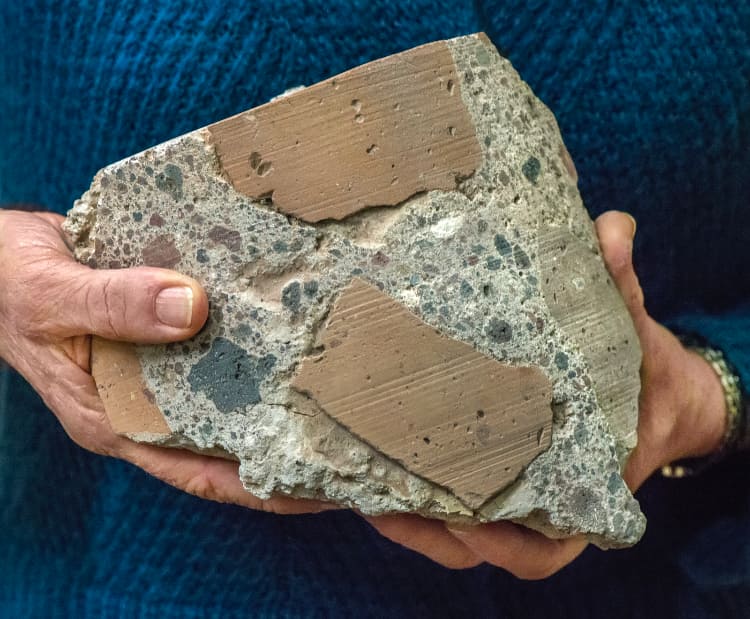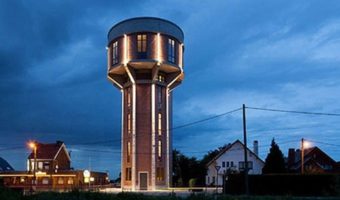How Do Roman Structures Last So Long While Modern Ones Don’t?
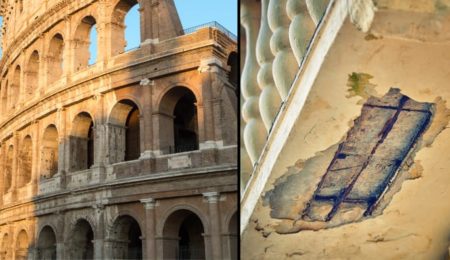
The grandeur and scale of ancient Roman architecture are beyond belief. There’s no denying that even the most modern architecture seems to pale in front of the magnificent ancient Roman buildings like the Colosseum, Pantheon, Maison Carrée, etc. Despite facing ravages of time and nature, these ancient Roman concrete structures have continued to stand tall for thousands of years. But have you ever pondered the secret behind their enduring legacy?
What was the Roman formula for constructing such incredibly resilient buildings, which modern science struggles to comprehend even after tremendous advancements? Brace yourself as we uncover the mysteries of this ancient engineering marvel!
What’s the secret behind the longevity of Roman concrete structures?
The ancient Romans were skilled engineers. Their impressive road networks, massive buildings, ports, and aqueducts are a testament to their prowess. These structures have been standing tall for over two millennia. Interestingly, some of these were constructed in earthquake-prone regions. The secret behind the longevity of the Roman buildings is their concrete!

The Romans predominantly used concrete to build the majority of their structures. But what has intrigued modern scientists as their concrete seems to last longer than modern varieties. For a long time, researchers believed that the secret to the exceptional durability of ancient Roman concrete structures lay in the pozzolanic material. Pozzolanic material, such as volcanic ash, contains reactive silica that forms cementing compounds when mixed with alkalis.

However, this was only part of the story. Ancient Roman concrete also contains tiny bright minerals, previously thought to result from haphazard mixing practices. It turns out that these white chunks, known as “lime clasts,” are also vital components of ancient Roman concrete and contribute to enhanced durability! Nonetheless, the lime clasts gave the ancient Roman concrete exceptional capabilities, which even the modern concrete mixes failed to have!
Ancient Roman concrete had self-healing properties!
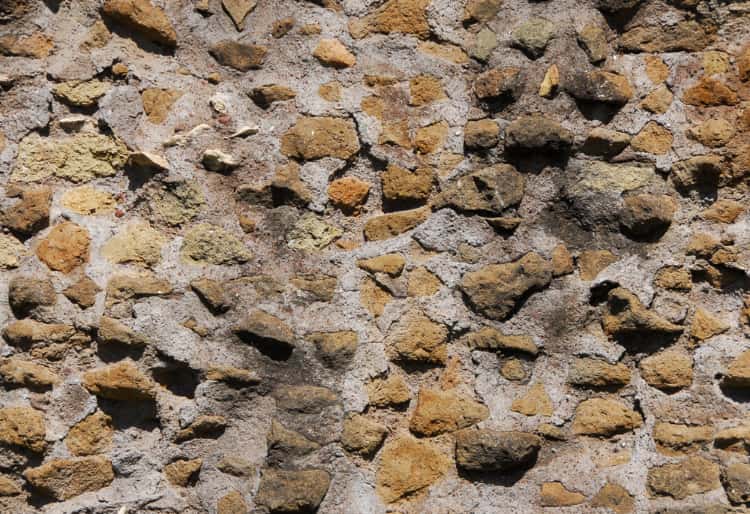
Initially, experts thought that the lime in Roman concrete was first mixed with water to create a highly reactive paste. However, this process, known as “lime slaking,” does not account for the presence of lime clasts in the concrete mixture. So, the experts further examined the concrete and concluded that the lime clasts were formed at very high temperatures, as in an exothermic reaction. It led the experts to believe that Romans used lime directly in a more reactive form called “quicklime” or “hot mixing.”
The quicklime allowed the concrete mix to reduce the setting and curing time for the mix as it accelerated the reaction rate. Simultaneously, it also produced nanoparticulate compounds (i.e., lime clasts) in the concrete that had a reactive and easily penetrable calcium source.
So, when the water reacts with the lime clasts in the cracked concrete, it creates a calcium-saturated solution. The calcium-saturated solution would then recrystallize as calcium carbonate and fill in the cracks in the concrete. Since such reactions are spontaneous, they could automatically heal the cracks before they could spread further. And that’s how the lime clasts gave self-healing capabilities to the Roman concrete!
Just like the Roman concrete structures, these ancient establishments also stood the test of time!
1 Göbekli Tepe (10,000–7,500 BCE)
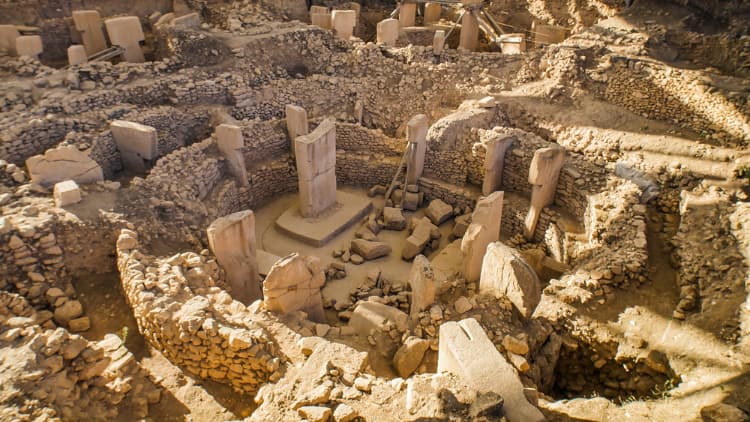
Göbekli Tepe, located in south-eastern Anatolia’s Germuş Mountains, is an archaeological site in south-eastern Turkey. It is believed to date back to the Neolithic period, approximately 10,000 years BCE. It contains several monumental circular and rectangular monolithic structures. Some of them are also decorated with carved reliefs depicting animals and other symbols. The site was declared a UNESCO World Heritage Site in 2018.
The unique T-shaped pillars of the structures were crafted from limestone from the nearby plateau. The fact that such massive pillars could be carved from stone using the technology available at the time is a testament to the incredible architectural and engineering skills of those who created them. It is thought that specialized craftsmen were responsible for carving these pillars, providing evidence of the emergence of more hierarchical forms of human society.
2 Tower of Jericho (8,000 BCE)
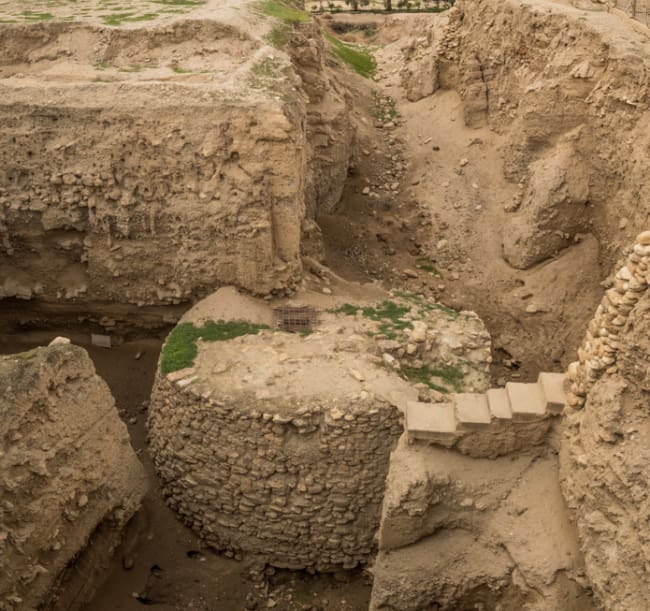
The ancient Tower of Jericho, a city in the West Bank, may have been the world’s first skyscraper! The tower, which was built in the Neolithic period about 8,000 BCE, is 28 feet tall. The tower’s construction displays a highly sophisticated structure from the Neolithic period, which is a remarkable feat given the limited technology available at the time.
The tower had a complex internal structure. The expert views are divided regarding whether the tower was used as a watchtower, a defensive structure, living quarters, or storage. The researchers also assume that the tower’s alignment with the summer solstice may have had cultural and religious significance to the people who built it. All in all, it remains a mystery as to why it was built and how it was used.
3 Çatalhöyük (7,500–5,700 BCE)
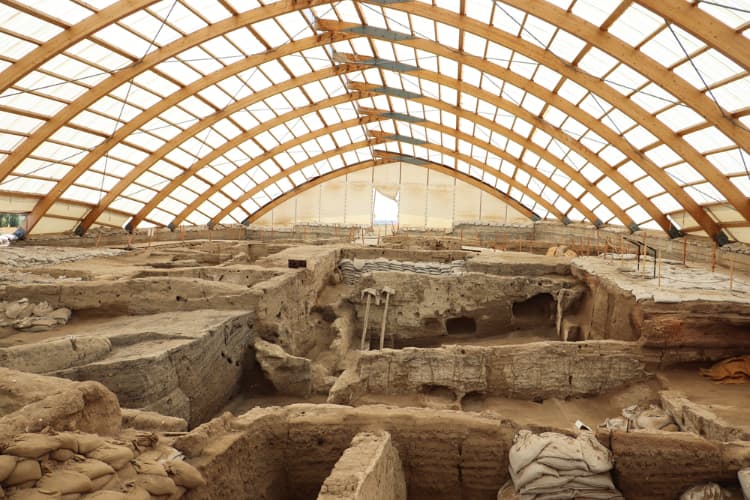
The Neolithic Site of Çatalhöyük, which was built between 7,400 to 6,200 BCE, is located in central Turkey. It is considered one of the most important archaeological sites from the Neolithic period as it provides valuable insights into the early human adaptation to agriculture and a sedentary lifestyle.
The site features a unique and well-preserved urban settlement with densely packed houses, decorated walls, and a complex system of neighborhoods that had no streets! The site is also known for its remarkable wall paintings. The Neolithic Site of Çatalhöyük was added to the UNESCO World Heritage List in 2012 to recognize its outstanding universal value and significance in human history.
4 Mehrgarh (7,000 BCE)
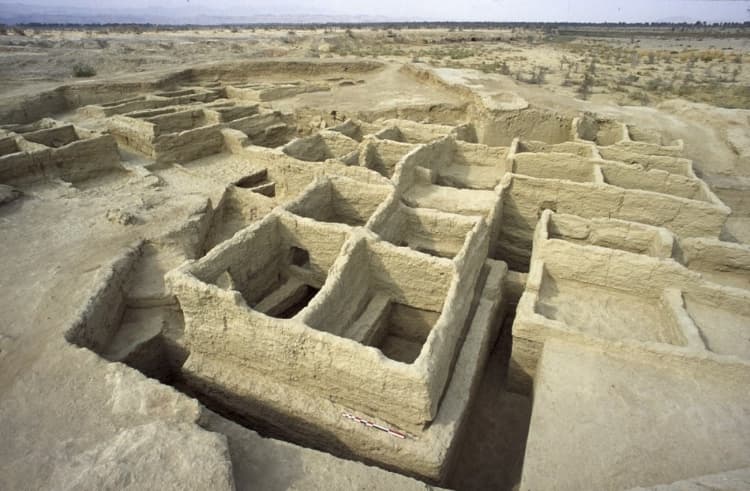
Mehrgarh, a UNESCO World Heritage Site, is an archaeological site in Pakistan’s Kachi plain. It is comprised of several low pyramid-like structures (mounds). The site’s archaeological deposits span around 250 hectares. They are mostly buried deep below alluvium, with some structures visible above the surface.
The remains of the site are from 7,000-3,000 BCE, with the focus shifting between different localities over time. The excavated remains include large structures of mudbrick divided into compartments, with many thought to have been used for storage. Also, the mounds MR3 and MR1 have been identified as formal cemeteries of that time.
The settlement at Mehrgarh transformed from a cluster of small mud-brick storage units to a Bronze-age village over time. The site’s excavation sheds light on the development of subsistence patterns, craft and trade specialization, and the emergence of the Indus Civilization.














